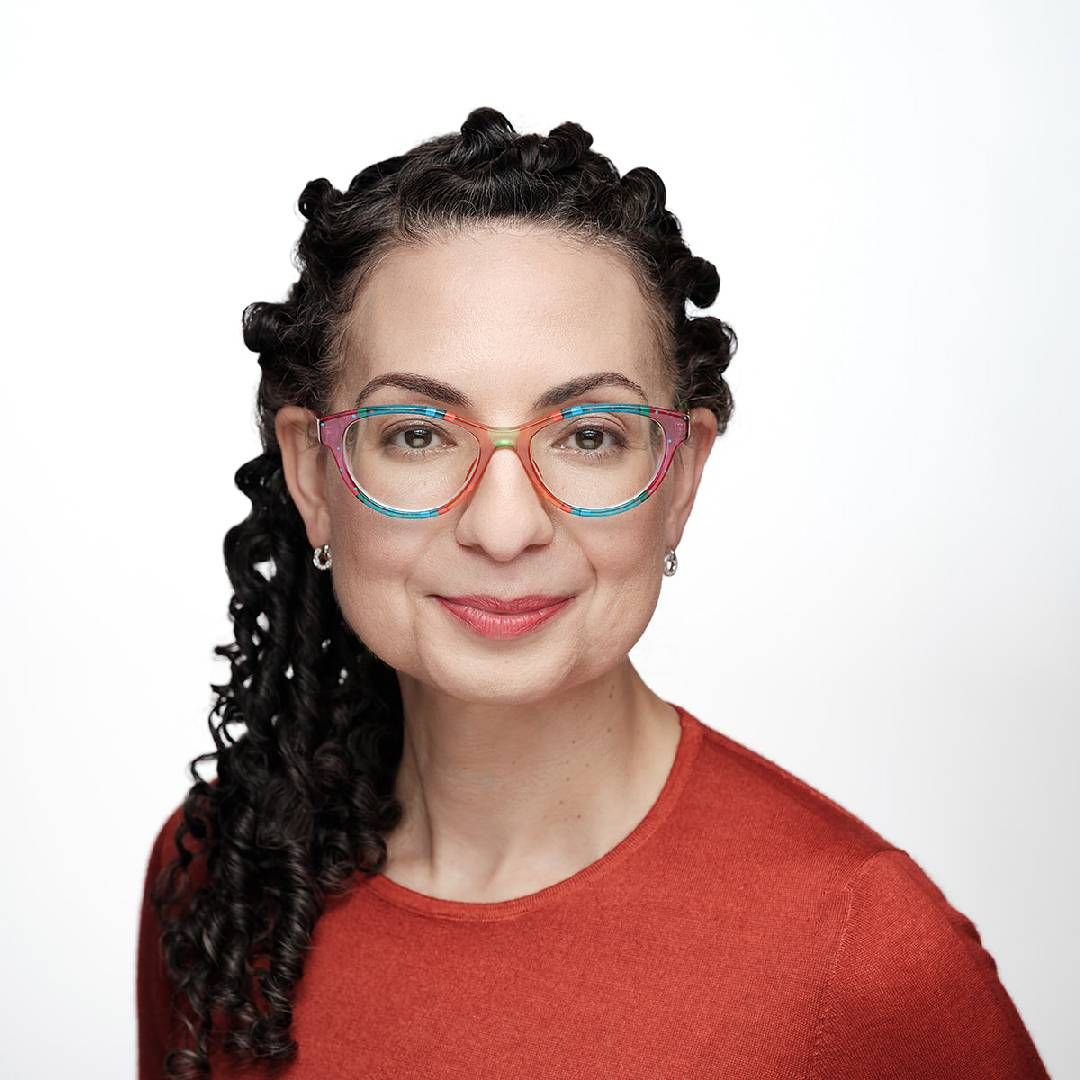Mona Mourshed: AI Can Amplify Ageism in Hiring
Founding CEO of Generation, a global skills-training and long-term job-placement nonprofit
Mona Mourshed has invested decades seeking ways to encourage economic mobility by teaching in-demand job skills to unemployed or underemployed people, placing them in new careers and then following up by checking on their progress. In 2015, she founded Generation, a nonprofit that started in five locations and has since expanded to 18 countries. It has trained and placed more than 100,000 people in higher-paying jobs — a growing number of them aged 45 and over.

After earning a B.A. from Stanford and a Ph.D. from MIT, Mourshed joined McKinsey and Company, where she founded a global education practice. Since leaving the firm and launching Generation, she has continued to publish research such as Meeting the World's Midcareer Moment and The Midcareer Opportunity.
Upon learning she had been selected as an Advocate for Aging, Mourshed agreed to talk about some of the workplace issues that older adults may have to face in 2024.
This interview has been edited for clarity and length.
On an important aging issue in the United States that is not being discussed
I will keep myself in the workforce realm for a moment. The U.S. is experiencing a very significant labor market transition in terms of artificial intelligence (AI) you know, a lot of companies are innovating ways to use AI. Many of the companies that have been fastest to adopt AI are in this country. Mid-career and older workers were already experiencing bias in hiring before AI ever came along. Now that everyone has to learn new things, it will amplify bias that already exists.
"Mid-career and older workers were already experiencing bias in hiring before AI ever came along."
On how many employers are biased against older workers
In a joint survey we did with the OECD in October, only 13% of employers said they would definitely hire someone aged 55 to 65 years old. Of those who would not, the most common reasons were that older workers were considered "reluctant to try new technology" and "slow to adapt."
But when surveyors asked managers who had actually hired people aged 55 to 65 years old, 89% of them said their older workers performed as well as or better than their younger employees — and 86% said older workers learned as quickly as or quicker than younger hires.
"Let me put it this way: Generation has mixed (age) classes, because the workforce and the workplace are intergenerational."
So while AI certainly can have productivity benefits and quality assurance benefits, unless we are being very thoughtful and deliberate, mid-career and older workers and those seeking to transition to new careers really run the risk of being even more disadvantaged in terms of finding employment, whether that (bias) is based on fact or not.
On the pervasiveness of age bias despite federal and state laws forbidding it
The world pays very little attention to the fact that when you look at the long-term unemployed, meaning those who have been unemployed for six months or more, the majority in the U.S. — it's something like 44% — are age 45 and over. Is that age bias or a lack of skills?
Let me put it this way: Generation has mixed (age) classes, because the workforce and the workplace are intergenerational. So, our mid-career learners and younger learners are all in the same class. We see the exact same performance in class between and across age groups.
On why Generation is welcoming to mid-career and older workers
We began in 2015 with an initial focus on youth because it was right after the Arab Spring and then the global Occupy movement, which were very much sparked by youth unemployment. And then, in roughly about 2018 we realized, 'You know what, the unemployment challenges facing those who are mid-career or older are actually much higher.'
"You know what, the unemployment challenges facing those who are mid-career or older are actually much higher."
After you turn 50, your job prospects literally drop off a cliff for a variety of reasons. There was very much a realization that with digitization and automation there is much more job churn. That's why we began to enroll learners of all ages. So, today we have learners from age 18 to 65.
On how she came to start and manage a global skills-training nonprofit
When I joined McKinsey, I joined in the Middle East. I'm Egyptian. I was very keen to find a way back to the region. After spending some time there, I got really excited about education. In particular, initially, at the K-12 level, so literacy numeracy levels.
I thought, 'If we help students to become literate and numerate when they graduate, that all would be fine.' But this was at a time when the Middle East had 40% youth unemployment. And so things were definitely not fine.
That's what sparked my interest about the journey from education to employment.


